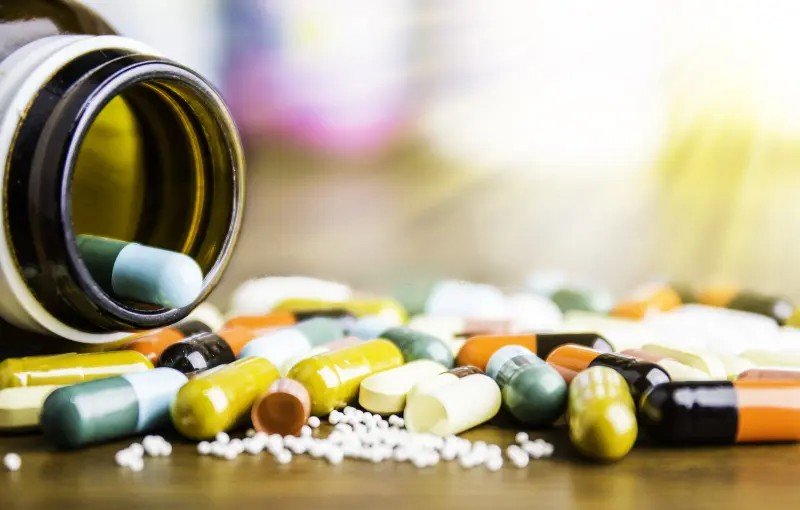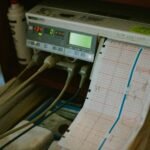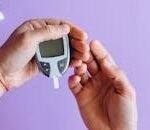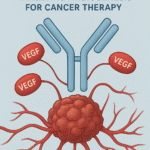-
Albendazole
Albendazole Introduction Albendazole is a broad-spectrum anthelmintic medication belonging to the benzimidazole class. It is widely used to treat various parasitic worm infestations by inhibiting the growth and reproduction of helminths. Due to its efficacy and safety profile, Albendazole is included in the World Health Organization’s List of Essential Medicines. Chemical structure Key Chemical Information:
-
Complete Blood Count (CBC)
Introduction A Complete Blood Count (CBC) is a fundamental blood test that assesses key parameters such as red blood cells, white blood cells, platelets, hemoglobin, and hematocrit levels, aiding in the diagnosis and monitoring of various medical conditions. It plays a crucial role in clinical practice by detecting infections, anemia, blood disorders, and immune-related diseases
-
Amoxicillin
Introduction Antibiotics have revolutionized modern medicine, offering powerful tools to combat bacterial infections and save countless lives. Among them, Amoxicillin stands out as one of the most widely used and trusted antibiotics, thanks to its effectiveness, broad-spectrum activity, and favorable safety profile. As a member of the penicillin class, Amoxicillin works by inhibiting bacterial cell
-
Neuromuscular Blocking Agents
Neuromuscular Blocking Agents Neuromuscular blocking agents are a vital class of drugs used in modern medicine, particularly in anesthesia and critical care. These agents play a crucial role in facilitating surgeries and various medical procedures by inducing muscle relaxation, thereby improving patient outcomes and surgical conditions. Understanding the pharmacology, mechanisms, and clinical applications of neuromuscular
-
Skeletal Muscle Relaxants (Peripheral)
Skeletal Muscle Relaxants (Peripheral) Skeletal muscle relaxants are essential medications widely used in clinical practice to facilitate muscle relaxation, manage muscle spasms, and enhance surgical conditions. These agents are particularly important in anesthesia and intensive care, where muscle relaxation is crucial for patient safety and procedural success. By understanding the pharmacology, mechanisms, and clinical applications
-
Antiepileptics
Antiepileptics Antiepileptics drugs (AEDs) are a cornerstone of epilepsy management, playing a vital role in controlling seizures and improving the quality of life for patients with epilepsy. Epilepsy is a chronic neurological disorder characterized by recurrent, unprovoked seizures, which can significantly impact a person’s daily life, education, and employment. The development and use of AEDs
-
Transmembrane Enzyme Linked Receptors
Transmembrane Enzyme Linked Receptors, Transmembrane JAK-STAT Binding Receptor and Receptors that regulate Transcription Factors Transmembrane receptors play a pivotal role in cellular signaling, acting as the communication hubs that transmit external signals into the cell to elicit specific biological responses. These receptors are essential for maintaining cellular homeostasis, coordinating development, and responding to environmental stimuli.
-
Parasympathomimetic vs Parasympatholytic
Parasympathomimetic vs Parasympatholytic The autonomic nervous system (ANS) plays a crucial role in regulating involuntary bodily functions, including heart rate, digestion, respiratory rate, and glandular activities. Within the ANS, the parasympathetic nervous system is responsible for promoting rest, digestion, and energy conservation, counterbalancing the effects of the sympathetic nervous system, which prepares the body for
-
Pharmacodynamics- Principles and Mechanism of Drug Action
Pharmacodynamics- Principles and Mechanism of Drug Action Pharmacodynamics, a core area of pharmacology, delves into the intricate interactions between drugs and the biological systems they affect. Unlike pharmacokinetics, which focuses on the absorption, distribution, metabolism, and excretion of drugs, pharmacodynamics explores the effects of drugs on the body and how these effects are achieved. This
-
Sympathomimetics vs Sympatholytic
Sympathomimetics vs Sympatholytic The autonomic nervous system (ANS) is a critical component of our body’s regulatory mechanisms, controlling involuntary functions such as heart rate, blood pressure, and respiration. Within the ANS, the sympathetic nervous system (SNS) is responsible for the “fight or flight” response, preparing the body to react to stress or danger by increasing
Search
Recent Posts
- 2D Echo Test (Echocardiography): Uses, Procedure, Normal Values, Cost, and Clinical Importance
- The Ultimate Guide to Glucometers: Types & Uses Explained
- Mounjaro Injection (Tirzepatide): Uses, Dosage, Benefits, Side Effects & more
- Benefits of Walking for Heart and Diabetic Patients
- Bevacizumab Explained: Structure, Mechanism of Action, Clinical Uses, and Side Effects
Categories
- Biochemistry
- Biostatistics
- Biotechnology
- Blogs
- Chemistry
- Community Pharmacy
- Diagnostic tests
- Disease & Conditions
- Drug Index
- Featured Blog
- Hospital Pharmacy
- Human Anatomy And Physiology
- Inorganic Chemistry
- Lifestyle & Wellness
- Medicinal Chemistry
- Microbiology
- Miscellaneous
- Novel Drug delivery Systems
- Organic Chemistry
- Pathophysiology
- Pharma Instruments & Devices
- Pharma News & Updates
- Pharma Updates
- Pharmaceutical Analysis
- Pharmaceutical Jurisprudence
- Pharmaceutics
- Pharmacognosy
- Pharmacology
- Pharmacy
- practice mcq
- Previous Question Papers
- Social Pharmacy
- Study Material
Archive
- December 2025 (3)
- November 2025 (1)
- October 2025 (1)
- September 2025 (7)
- August 2025 (7)
- July 2025 (6)
- June 2025 (9)
- May 2025 (9)
- April 2025 (10)
- March 2025 (13)
- February 2025 (13)
- January 2025 (20)
- December 2024 (48)
- November 2024 (49)
- October 2024 (64)
- September 2024 (62)
- August 2024 (58)
- July 2024 (56)
- June 2024 (25)
- May 2024 (17)
- April 2024 (19)
- March 2024 (21)
- February 2024 (18)
- January 2024 (24)
- December 2023 (13)
Tags
biochemistry bpharmacy third semester Construction free practice mcq inorganic chemistry microbiology microbiology mcq pathophysiology Pharmaceutical Engineering pharmaceutics Pharmacology pharmacy practice mcq physical pharmaceutics physical pharmaceutics 2 practice MCQ for govt pharmacist exam





